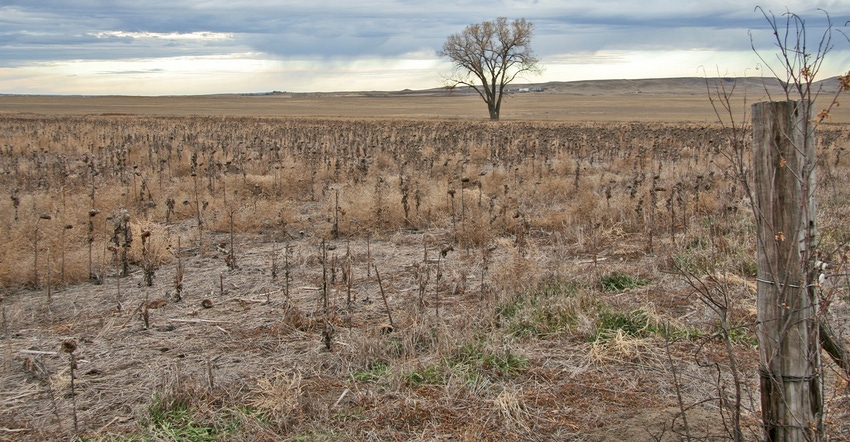June 3, 2019

By Mark Seely
In many parts of Minnesota, the year 1894 started out wetter than normal.
In fact, for portions of Stearns and Sherburne counties, 1894 brought the wettest spring in history with total precipitation amounts for the March-May period that exceeded 16 inches. Then, except for some widely scattered heavy thunderstorms, the overall rainfall pattern showed a decline in June, delivering less-than-normal monthly amounts to many areas of the state. This was a precursor to July’s near-record dryness.
The weather pattern of July 1894 brought very few rainy days, and those that did occur dropped very little moisture. Climate stations in Chippewa, Todd, Otter Tail, Hubbard, Stearns, Big Stone, Wilkin, Dakota, Steele and Goodhue counties reported less than half an inch of rainfall for the month. Observers in Campbell in Wilkin County and Medford in Steele County reported less than a tenth of an inch of rainfall.
The month was also warmer than normal, with over half of the days producing afternoon highs of 90 degrees F or greater. Milan in Chippewa County reported eight days of 100 degrees or greater. This created high moisture needs for crops, which had been planted in wet soils during the spring and were shallow rooted. These conditions caused crops to wilt rapidly and show signs of drought stress by the end of the month.
August, though not quite as dry, brought little relief as temperatures continued to trend warmer than normal. Many climate stations reported less than 1 inch of rainfall during August. In composite, the July-August rainfall totals around the state during 1894 remain some of the lowest in history, with many areas receiving less than 1.5 inches.
Flash drought, a drought that manifests itself in less than two months, was very apparent across portions of Minnesota by the end of August. Crops harvested were poor yielding, and much of the crop left in the fields was used for bedding or silage.
On Sept. 1, 1894, the infamous Hinckley fire broke out, sweeping over 250,000 acres in northeastern Minnesota and killing more than 400 people. This remains one of the state’s worst fire tragedies.
Fortunately for us, there have been no recent climate analogies to the unusual weather pattern of July-August 1894. Both those months have trended wetter than normal in recent decades.
The same may be in store for us in 2019.
Seeley is professor emeritus of climatology at the University of Minnesota.
You May Also Like




